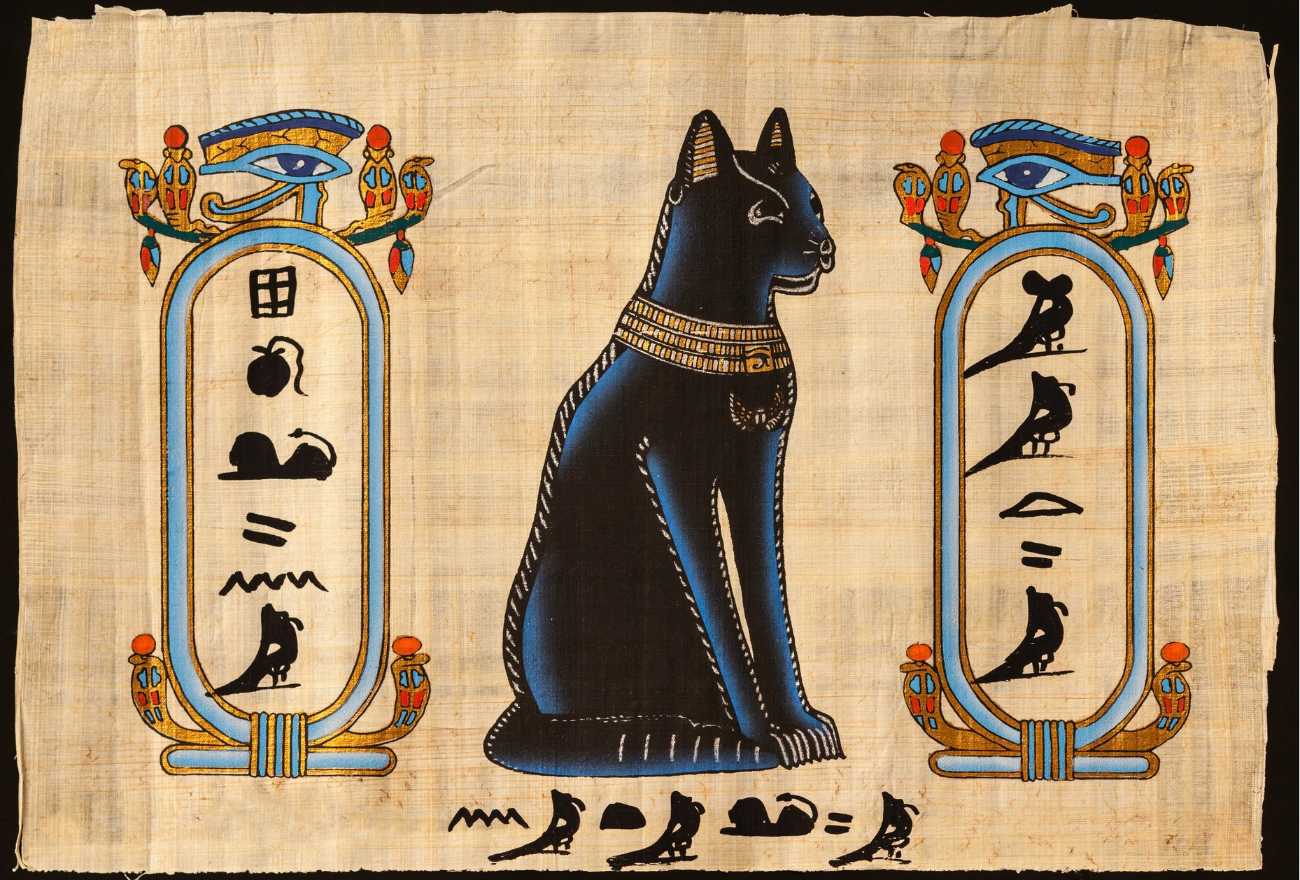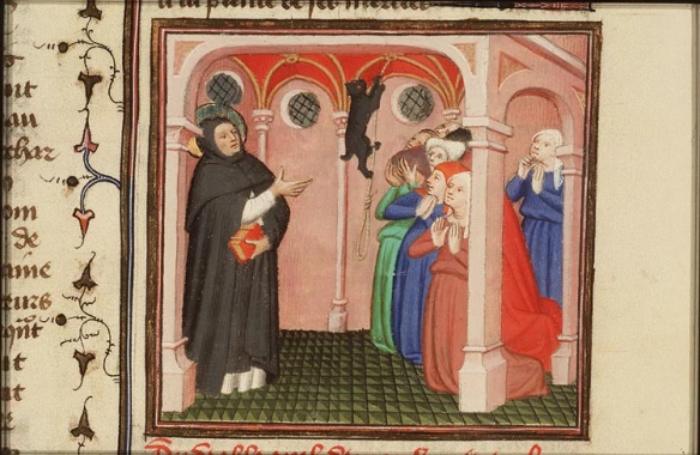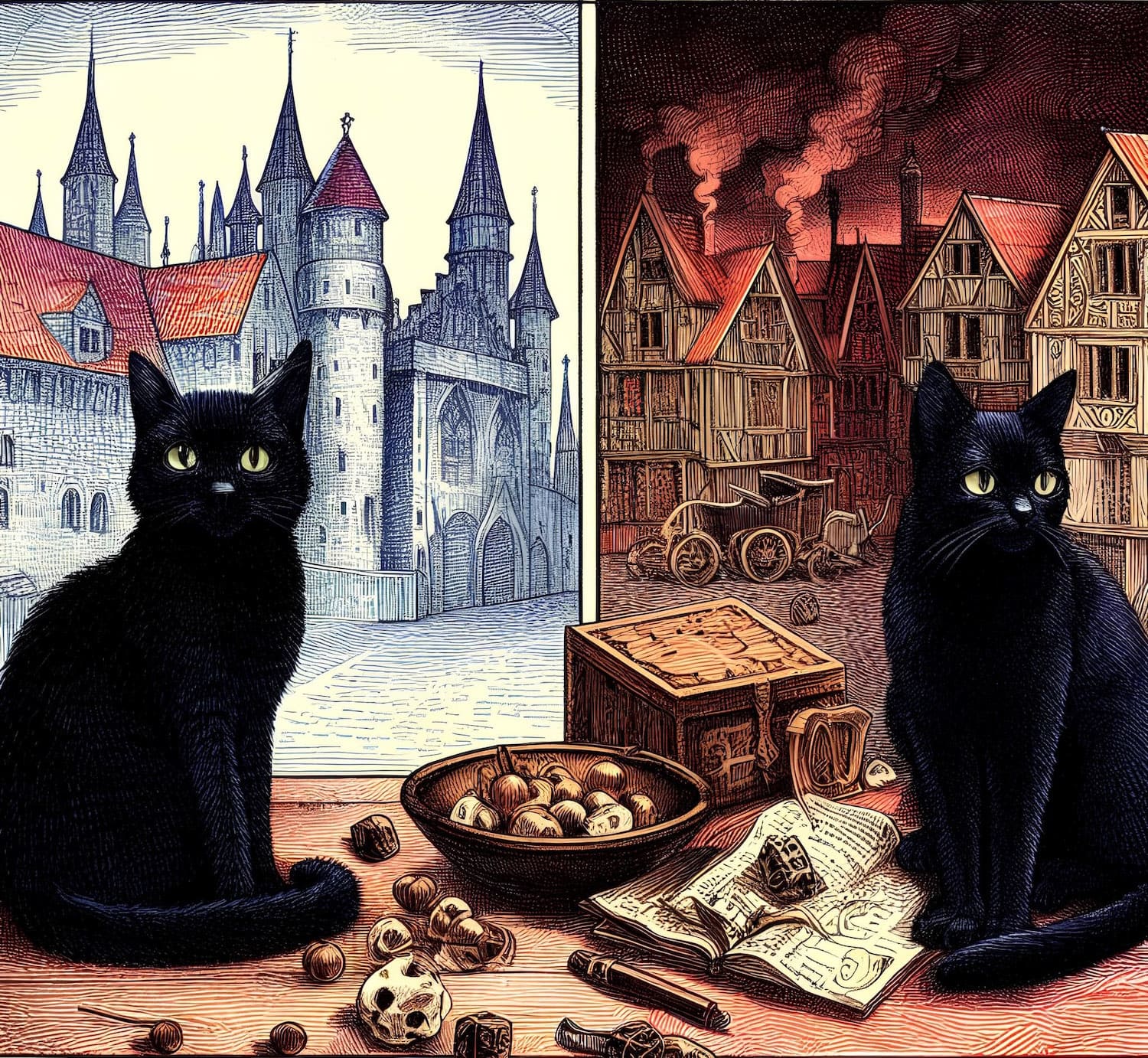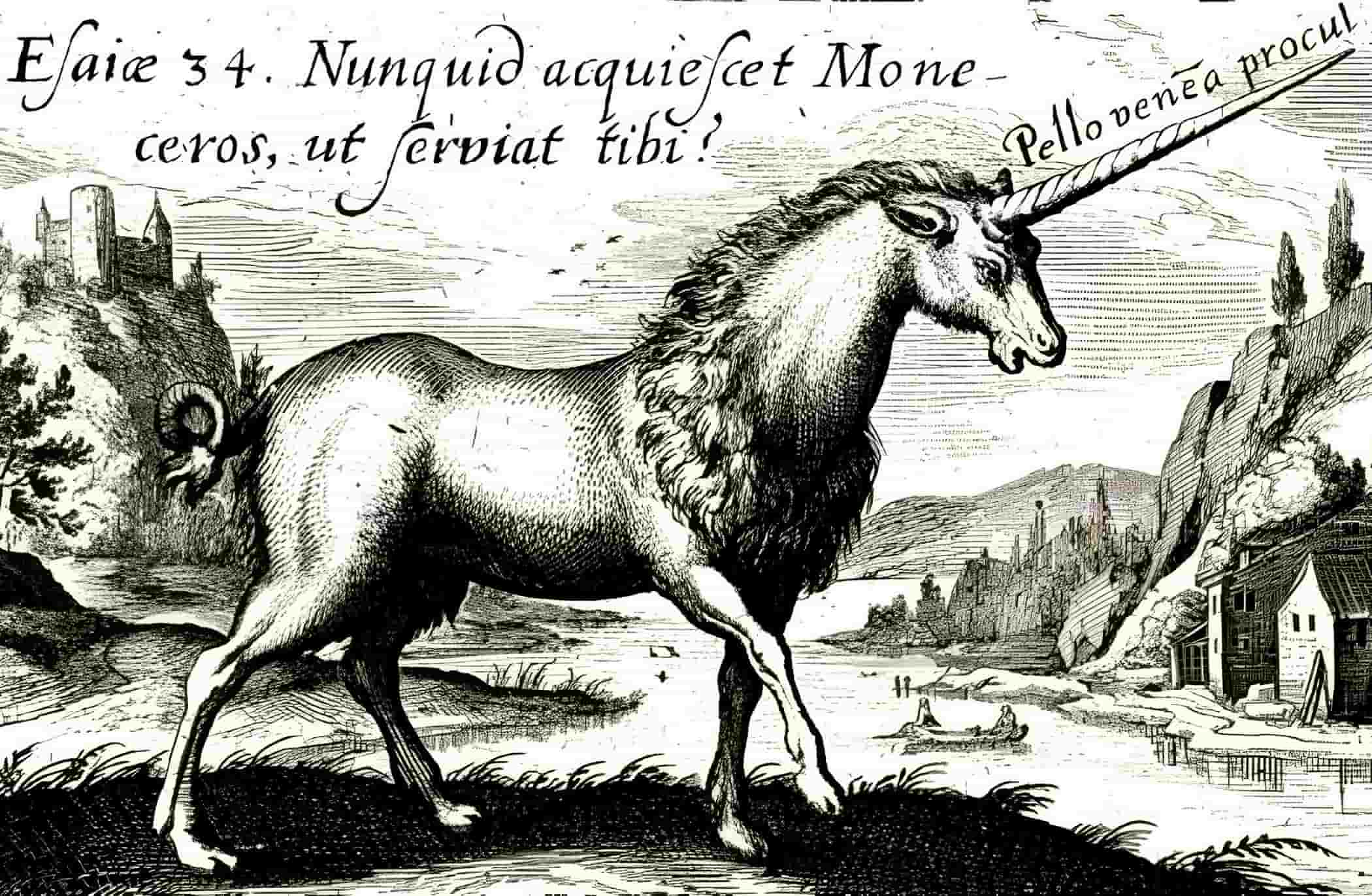Black cats, legendary followers of so-called “witches,” are still stigmatized because of the belief that they bring evil fortune. Their unfavorable reputation has stuck with them so strongly that they are consistently the most abandoned and least accepted cats in shelters. When, therefore, did this superstition begin? Some people still think it’s unlucky to see a black cat, even in modern times. While anecdotal in the modern day, this notion has deep roots in centuries-old superstition, notably during the “witch-hunt” era of the Middle Ages. Let’s investigate where this custom came from and why the black cat continues to fascinate us, for better or worse, especially every Halloween.
A long and storied past

Already in Ancient Egypt, people tended to avoid black cats. Although black was a color of honor and prestige in Egyptian culture, it was also connected with death and grief. For this reason, people often saw black cats as unlucky omens.
After Christianity became the official religion of the Roman Empire, the once-pious cat fell out of favor and was seen as a symbol of wickedness. In later times, particularly the Middle Ages, the black cat came to be seen as a manifestation of Satan and was linked to all manner of dark arts. True, a black cat was sacrificed in rituals conducted by heretical cults. However, Satanists hold this animal in high regard since they believe it to be an avatar of their leader, Satan.
They believed that their cats shared their magical abilities, and on the nights of sabbats, when rituals and sacrifices were performed, a black cat stood in for the devil. Since it was believed that black cats, like witches, could take on the form of an animal, they were punished for their association with these pagan rituals, which were seen as a threat to Christianity.
Bunch of burning, and wall building

Black cats have had a negative popular perception since at least the Middle Ages. There was a rise in the suspicion that witchcraft was involved in the deaths of many people during the 14th and 17th centuries. The Europeans were duped into believing that witches rode their cats to the Sabbath. And on the Sabbath, Satan himself appeared—in the appearance of a cat.
Yes, these creatures were a welcome addition to the homes of the “witches,” who were mostly elderly people who lived alone. However, their fame was secured. The legend spread across Europe that on the night before St. John’s Day (June 24), cats left urban areas to join witches. They used them to hatch plots of epic proportions to wage war on humanity using every manner of evil.
Even when “witches” plotted evil against humanity, they nonetheless suffered maltreatment at the hands of those people. Many innocent women were burned alive or thrown into rivers during the witch trials. There was a tradition of burning black cats in a sack on St. John’s Day. To keep the devil out, some people even built walls around their homes.
A Papal decree in 1233, Vox in Rama
Black cats are just as good-natured as any other kind of cat. There is no correlation between a cat’s coat color and its temperament. Nonetheless, the black cat carries a heavy myth. The black cat is the subject of several urban legends throughout Europe, with many people mistakenly believing it to be a bad omen. Where does this illogic originate, then?

According to historical records, it was Pope Gregory IX in 1233 who was responsible for associating black cats with evil in Europe. In June 1233, the Pope published a papal bull called Vox in Rama, which was directed at King Henry III. It was the first canonical document to confirm that demonic rituals had been conducted in secret by heretics with the help of the Devil.
According to the Pope, the black cat was highly revered by the cult of Evil. So, in 1233, he denounced the black cat as diabolical.
The Church’s stance on black cats, as conveyed via Sunday sermons and discussions, is sufficient for its widespread assimilation; and the information in the Vox in Rama of Gregory IX is not even required. It’s no coincidence that the introduction of Christian heresies and other paganisms went hand in hand with the stigmatization of black cats.
Death was symbolized by black cats
Black cats are considered a symbol of death in many different cultures throughout the world and have long been linked to witchcraft and demonic rituals. There are several tales around this topic, including one about Gaufrid, the inquisitor of Carcassonne, who was supposedly discovered dead with two black cats by his side.
There is also “The Tooth of the Cat.” This fable is a Savoyan folktale. In it, a fisherman recounts the day he accidentally reeled in a black cat. In an effort to rid the house of mice, he brought a cat home, but instead of killing the rodents, the cat ended up killing everyone in the house.
Authors like Edgar Allan Poe, who authored the bizarre tale “The Black Cat,” have found inspiration in these beliefs. The black cat is the “devil” that gnaws at the narrator, a metaphor for perversity and lunacy in this narrative.
In Japan, “The Vampire Cat” recounts how a young lady whose hand was pledged to the son of the Emperor is said to have had her throat cut by a large black cat while she slept.
And last, sailors‘ myths say that if you toss a black cat overboard, bad weather will follow.
Other traditions about black cats
Some optimistic tales exist too, despite the above gloomy depiction of the black cat. As one example, the Breton people believe that if you find white hair on a black cat, you will be blessed with good fortune. Although its testicles were utilized in the medieval pharmacopeia, the animal was still widely reviled at the time. The elixirs made from the black cat’s testicles were said to make the pain go away or drive away demons.
It would seem that the black cat’s superstitions are even more outlandish and inconsistent than the others. The most bizarre aspect of this story is an African belief. The Bantu people actually believe that cats of any color are witches.
However, in Europe, the traditions surrounding the black cat’s supposedly malevolent nature persisted for so long that it wasn’t until the 19th century that the cat was widely accepted into domestic settings again. Since then, there has been a surge of interest in the breed, with some breeders specializing in all-black cat varieties like the Bombay, which is much sought after for its resemblance to a miniaturized black panther.
In the popular culture
These superstitions seem ridiculous and harsh to modern eyes, yet we must acknowledge that the link between black cats and witches is a fiction that has been widely propagated in both literary and popular culture (and still is). Numerous fictional witches are shown in the media carrying black cats. Professor McGonagall was transformed into a cat in the Harry Potter movies. It’s not uncommon to see black cats around Halloween time as well.






